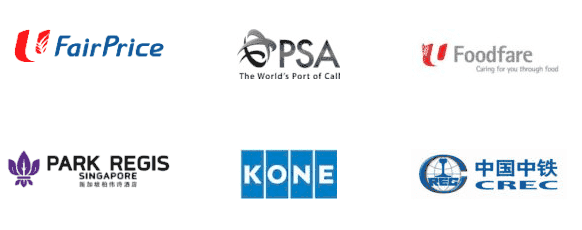Singapore, renowned for its robust economy and strategic location, has become a magnet for investors worldwide. Its favorable tax regime, coupled with a stable legal and business environment, makes it an attractive destination for establishing holding companies. This article delves into the intricacies of setting up a holding company in Singapore, highlighting the tax incentives, benefits, and essential steps in the process. Furthermore, we will explore how integrating audit services can enhance the efficiency and compliance of holding companies in this jurisdiction.
Understanding of Setting up a Holding Company in Singapore
A holding company is a type of parent entity that possesses controlling stakes in other companies or assets. What assets might a holding company possess?
- Corporations, including both public and private entities
- Real estate holdings
- Shares of stock
- Patents and trademarks
- Intellectual property
- Financial investments such as cash, bonds, and other securities
- Among others.
Distinguishing Between Holding and Operating Companies
It’s crucial to understand that a holding company is not the same as an operating company. The primary distinction lies in their roles and responsibilities.
The management team of a holding company does not engage in the everyday operations of its subsidiaries. Instead, their duties revolve around the broader oversight of these entities, including strategic direction, appointment of key executives, and major corporate decisions such as dividend policies and mergers and acquisitions.
In contrast, each subsidiary operates independently, with its own management team responsible for daily activities.
Given this dynamic, it’s clear why:
- A holding company is often referred to as a parent or umbrella company.
- A subsidiary is regarded as an operating company.
It’s worth noting that a holding company registered in Singapore is recognized as a Singaporean entity. Its subsidiaries may conduct business both within Singapore and internationally.
















